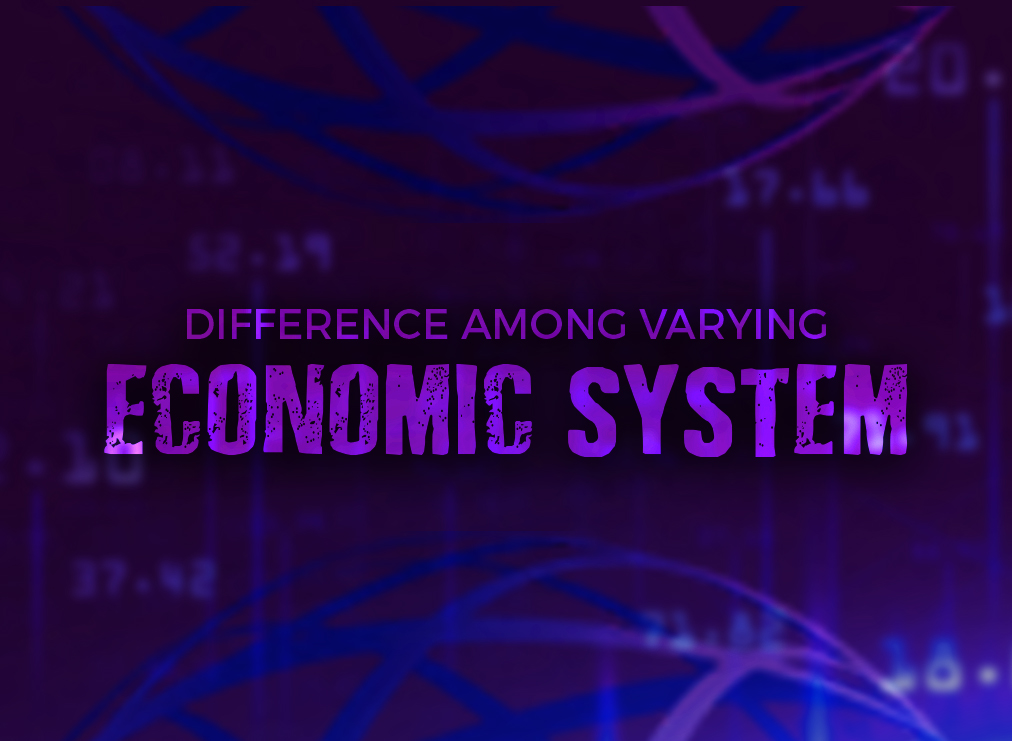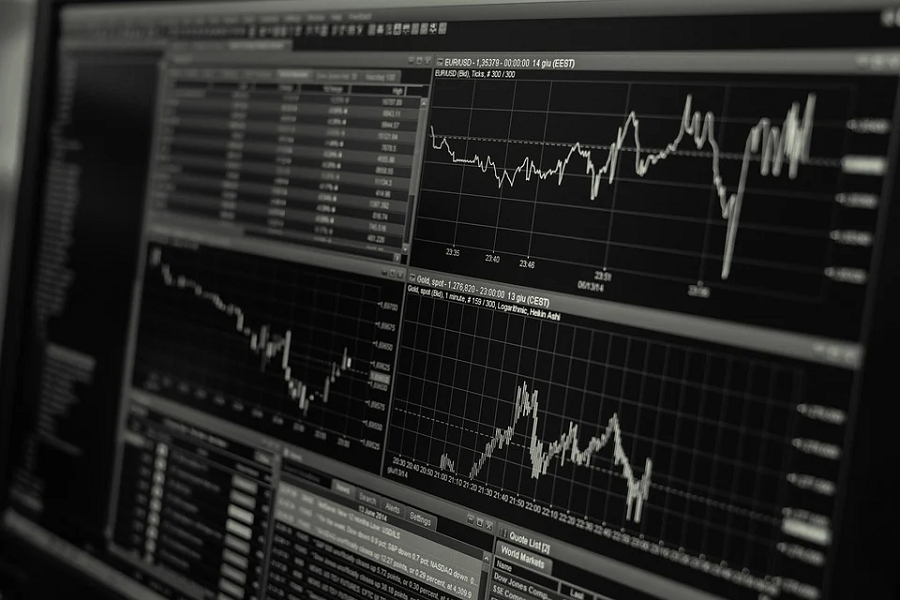The economy is one of the most important aspects of any country, especially as it deals with the production, distribution, and consumption, mainly of goods and services, which can affect the quality of life of its population.
In economics, scholars and even ordinary people who participate in the economy, such as yourself, tend to contemplate the best way to operate a country’s economy to best address the people’s needs in light of the produced and available resources.
In doing so, you are dealing with economic systems or the way a nation produces and allocates resources. If you are unfamiliar with the different systems a nation’s economy could follow, here are the four basic ones listed below. Continue reading to learn more.

Traditional
Traditional economies rely on established customs and trends for production and resource allocation. This means that goods produced, methods of production, and its consumers are based on what has been traditionally produced, how, and for whom.
Activities, such as farming, fishing, and hunting are the main resources in this system, as these are the naturally occurring resources in the area.
These systems are known to be economically secure and sustainable as they have a slow and steady resource. Moreover, this system tends to have a more equal distribution of goods and services, with minimal waste.
For some, this is a disadvantage as traditional economies seldom create a surplus, and it doesn’t have resources to let individuals disproportionately accumulate wealth. This can be a con as it hardly allows changes, such as technology, and economic growth, freedom, and mobility.
Market
The market economy is seen as an individualistic system where individuals have the liberty to decide what to produce and purchase. It relies on a free-market exchange, which means buyer-seller exchange occurs with minimal interference from the government.
Instead, it is believed that an “invisible hand” or a natural force composed of self-interest and competition regulates economic activity.
One challenge of a market economic system is its seeming lack of ability to conserve resources, especially environmental ones. Usually, production and profit take priority over eco-conservation.
Moreover, market economies tend to see unmitigated wealth accumulation for the wealthy, which creates socioeconomic gaps between classes and disadvantages, especially for those in the lower classes.
Command or Planned
Command or planned economies are those that the government regulates, from the type of goods produced to how to produce them and for whom. Usually, a centralized government performs planning and implementation.
This system can offer economic security, as it can adapt to changing situations, especially when it comes to allocating resources wherever needed. This can be true if planners make the right decision with the people’s best interest in mind.
However, one disadvantage of this is that like traditional economies, planned ones tend to limit individuals’ ability to accumulate wealth. It is also believed to be rigid because power is centralized.
Mixed, Hybrid, or Dual

In a mixed economy, you will see a combination of market and command systems. It is also called hybrid or dual as it unites the characteristics of the two systems. This means that the government and individuals both have a say in deciding what to produce and buy.
A nation with this system can be one with a free market but with strict regulations. Nations with private modes of production but have public services are seen as hybrids. This can be observed in many parts of the world.
When implemented with the people’s best interest in the mind of the government and individuals, a mixed economy can be an equitable one. Generally, nations with this system have great economic security and sustainability.
However, one disadvantage is that many examples have trouble finding a balance between government control and free markets.
Conclusion
The four basic economic systems help show the differences in economies among nations that have them. What do you think is the best of these basic examples?



















